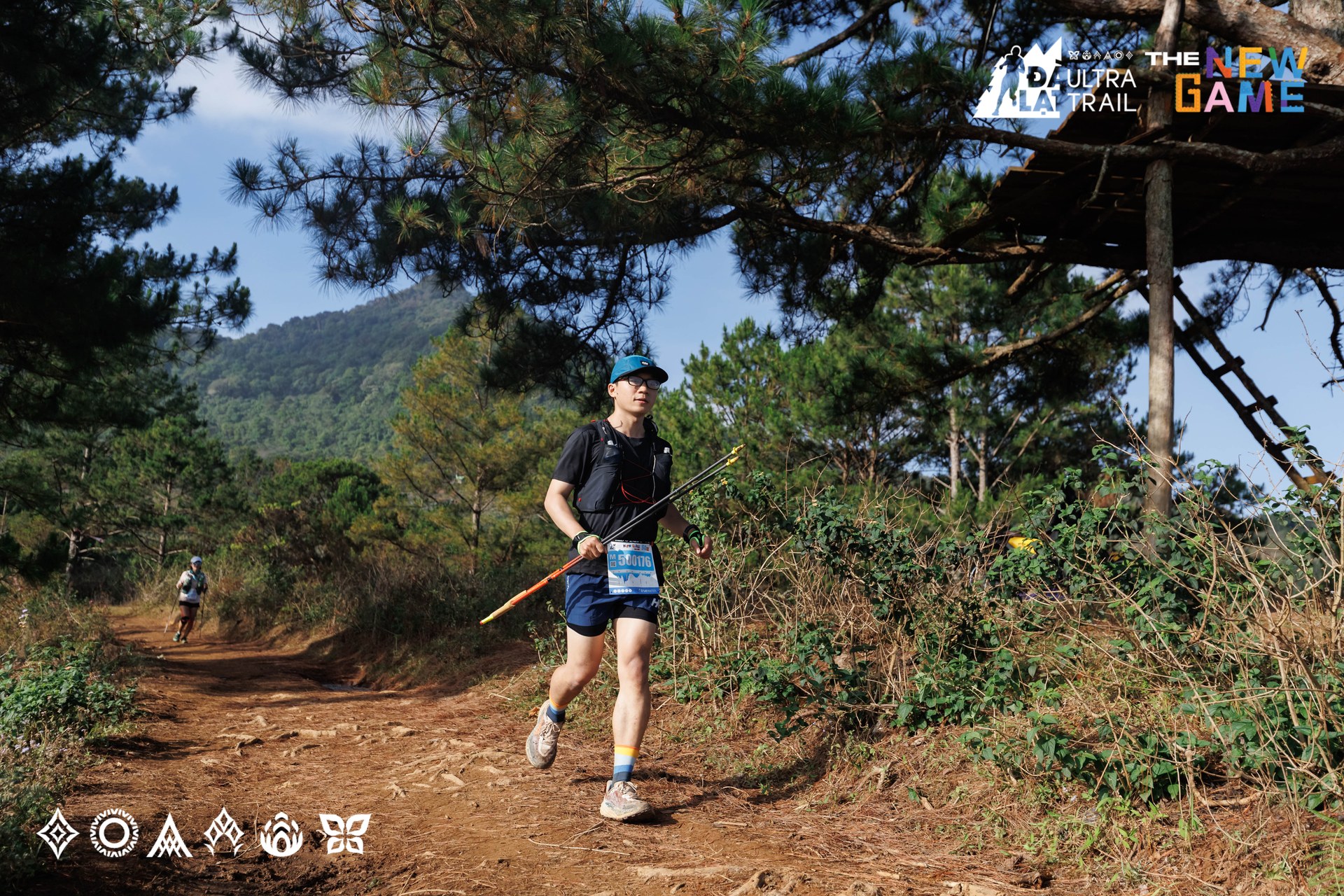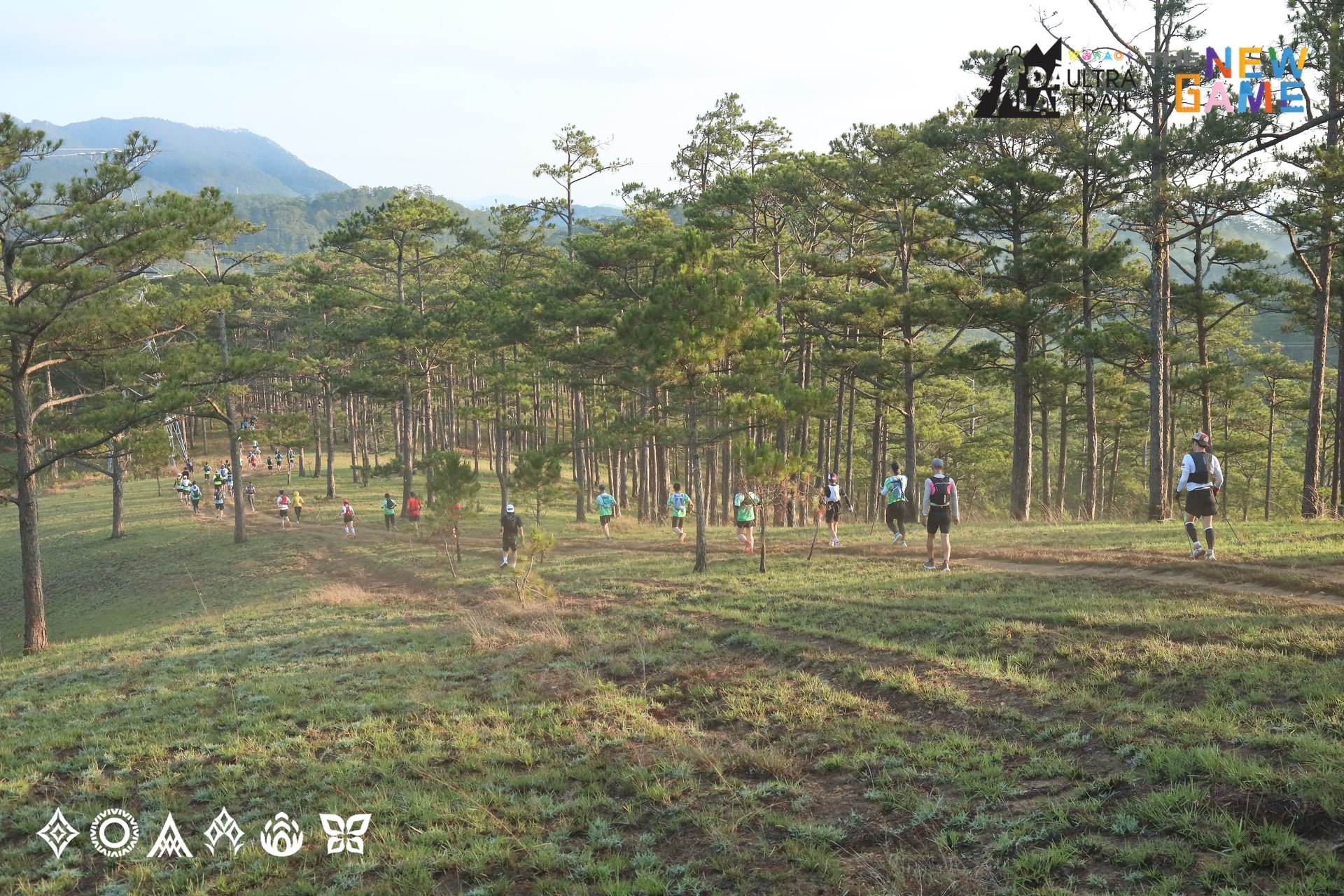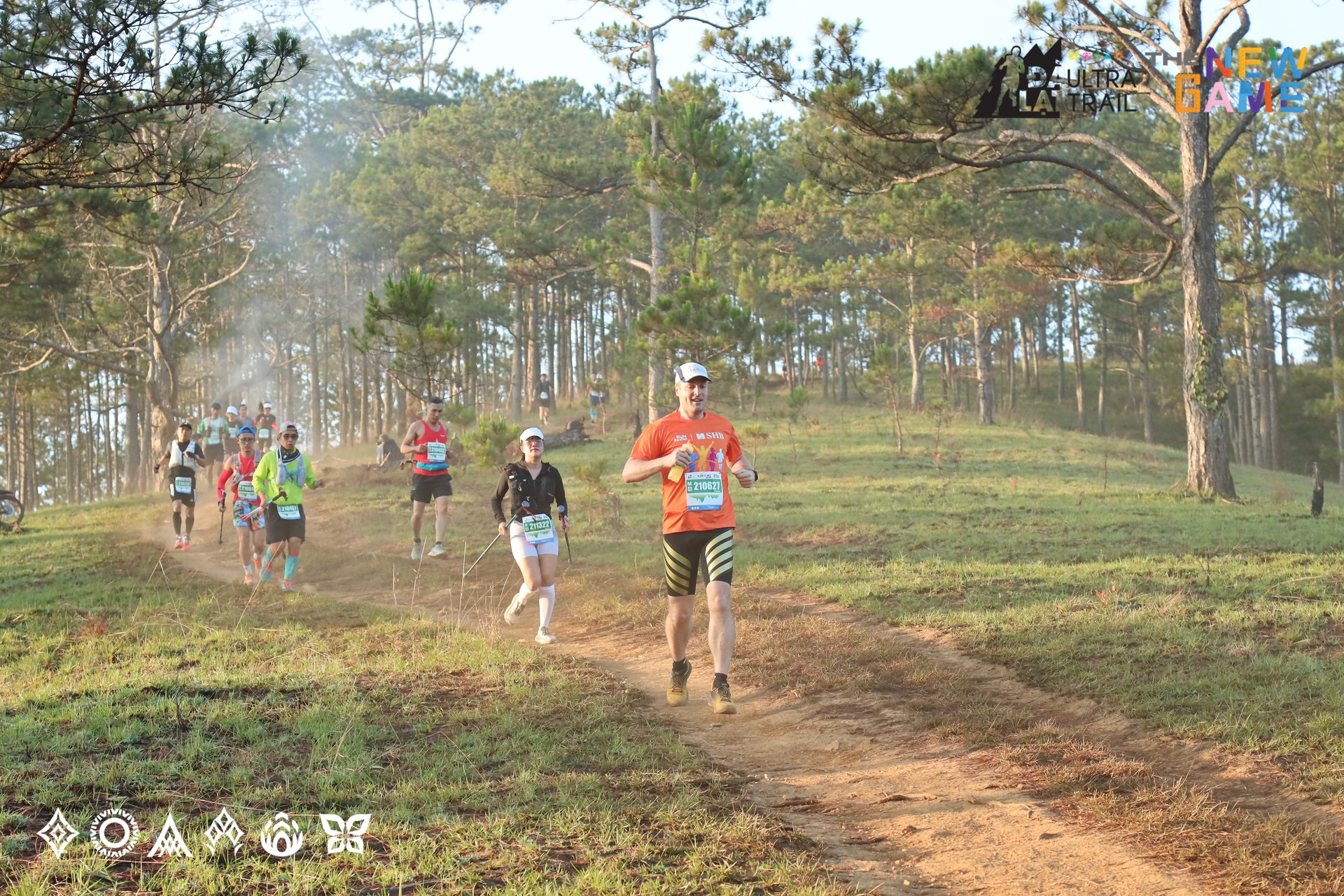
10/17/2025
WHY DO WE LOVE TRAIL RUNNING AND MOUNTAIN BIKING?
Discover the scientific reasons why you might be "addicted" to trail running and mountain biking. Understand Biophilia, ART, and SRT to know how nature heals humans.
Trail runners and mountain bikers always discuss the positive impact that going into the forest brings. They mention a clearer mind , a lighter body, and a more relaxed spirit to the point of feeling "addicted to the wilderness".
So, have you ever wondered where this feeling comes from? Why is running or cycling in the city completely different from being in the forest? Let Vietnam MTB Series explore the scientific explanations for this deep connection!

The Instinctive Hypothesis: Biophilia - The innate drive to return to natur
Edward O. Wilson proposed the Biophilia hypothesis, suggesting that humanity's tendency to "seek nature" is a deep-seated instinct. This instinct was formed millions of years ago when our ancestors relied entirely on hunting and gathering, with their lives intimately connected to the forest's flora.
In short, the love for nature is not accidental; it is etched into our very DNA. Even though we now live amidst bustling cities filled with towering skyscrapers, this primal instinct constantly urges us to "return to our origins".
The Scientific Mechanism: Nature as a Healing Therap
While Biophilia remains a hypothesis about origins, the bond and emotional benefits of immersing oneself in nature have been clearly scientifically proven through two main theories:
A. Attention Restoration Theory (ART)
Spending time in the forest means temporarily escaping life's worries to merge with the natural scenery: sunlight filtering through the leaves, the gurgling sound of a stream, the smell of damp soil... All of this creates a "soft fascination".
This natural attraction allows the brain region responsible for directed attention to rest and recover. This is precisely why you feel your mind become "clearer" again. This very mechanism of attention restoration explains why trail running or mountain biking delivers a superior "mind-clearing" effect.

B. Stress Reduction Theory (SRT)
The Stress Reduction Theory was developed in 1991 by R. Ulrich and subsequently gained attention and validation through various studies. The theory suggests that viewing natural landscapes with elements like trees or water creates positive emotions such as interest, joy, and calmness. It also has a restorative effect, helping us reduce the state of vigilance after stressful days.
When the mind is restored and stress levels decrease, your body and spirit immediately shift to a state of relaxation and peace.
The presence of lush green vegetation and other natural elements along the trail running or mountain biking routes acts as a powerful stress reducer for athletes. Although these two sports demand physical exertion and alertness, the natural scenery you move through stimulates positive biological reactions. Visual exposure to the green of the forest alone helps reduce biological stress indicators. Consequently, as you conquer a slope or navigate a challenging section, your body is simultaneously soothed by the natural environment, transitioning to a state of relaxation and peace as your breathing stabilizes.

This is why Dalat Ultra Trail is the perfect destination for "green therapy" for off-road athletes. With its expansive primeval forest and fresh air, this place helps you regenerate energy, restore your spirit, and rebalance your life rhythm after long, stressful days.
References:
- Li, H. (2023). Understanding the Emotional Benefits of Animal Sounds: Insights from Stress Reduction and Attention Restoration Theories. Available at SSRN 4651804.
- Ohly, H., White, M. P., Wheeler, B. W., Bethel, A., Ukoumunne, O. C., Nikolaou, V., & Garside, R. (2016). Attention Restoration Theory: A systematic review of the attention restoration potential of exposure to natural environments. Journal of Toxicology and Environmental Health, Part B, 19(7), 305-343.
- Kaplan, Stephen. (1995). The Restorative Benefits of Nature: Toward an Integrative Framework. Journal of Environmental Psychology. 15. 169-182. 10.1016/0272-4944(95)90001-2.
- Sok-Paupardin, E. (2019). Stress reduction theory: why looking at nature is beneficial to our mental and physical health. Saint-Gobain, SageGlass. https://www. sageglass. com/en/visionaryinsights/stress-reduction-theory.
- R.S. Ulrich, R.F. Simons, B.D. Losito, E. Fiorito, M.A. Miles, M. Zelson Stress recovery during exposure to natural and urban environments Journal of Environmental Psychology, 11 (1991), pp. 201-230
- R.S. Ulrich, Aesthetic and affective response to natural environments, In I. Altman & J. Wohlwill (Eds.), Human Behavior and Environment, Vo1.6: Behavior and Natural Environment, New York: Plenum, 85-1 25

